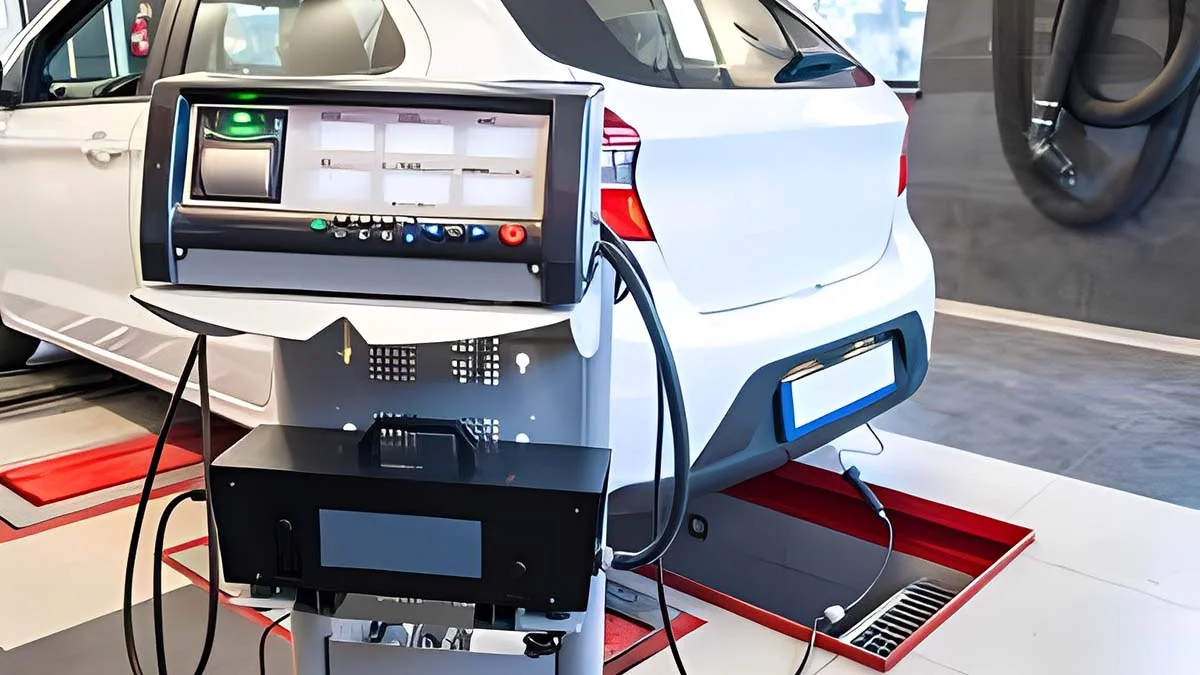Home Equity Lending Surges To Highest Level In Over 15 Years – Forbes Advisor – Technologist
Editorial Note: We earn a commission from partner links on Forbes Advisor. Commissions do not affect our editors’ opinions or evaluations.
Even as record-high home prices keep many would-be buyers on the sidelines, homeowners are benefiting from abundant home equity. This lets them tap into their home’s value for cash.
Yet, with mortgage rates still hovering at high levels, cash-out refinances aren’t a sensible option for homeowners who are currently sitting on lower rates. As a result, more homeowners have been opting for home equity loans. This has consequently pushed home equity loan lending to its highest level in over 15 years, according to property industry information provider CoreLogic.
Homeowner Equity Surged in the First Half of 2024
As of the second quarter of 2024, homeowners with mortgages had accumulated over $17 trillion in net home equity—an increase of $1.3 trillion from the same period in 2023, according to CoreLogic data. Home equity is the current appraised value of your home minus outstanding mortgage debt.
Many homeowners have also been tapping into these substantial gains. Lenders originated 333,000 new home equity loans during the first two quarters of 2024, amounting to roughly $23.6 billion. This marks a 40% increase in loan volume and a 69% surge in total dollar value compared to the same period last year.
HELOC Volume Dipped But Remain Robust
Though borrowing for home equity lines of credit (HELOCs) dipped in the first half of 2023 and 2024, HELOC activity remained strong—totaling $107 billion and $105 billion, respectively. Outside of a surge in 2022, these were the highest totals since the same period in 2007.
HELOC interest rates are typically higher than cash-out refinance rates. However, they can be attractive for homeowners who want to tap into their equity without giving up their low mortgage rates in the still-high rate environment.
As of the first quarter of 2024, more than 85% of homeowners have a mortgage rate below 6%, over 76% have a rate below 5% and nearly 58% have a rate below 4%. Only 22% of homeowners enjoy a rate below 3%.
Home Equity Loan vs. HELOC: Which Is Better?
You can use both home equity loans and HELOCs to cover almost any expense—such as making home improvements or consolidating high-interest debt. However, choosing the right option for your needs depends on your individual circumstances.
For instance, if you need a large sum for a major purchase, a home equity loan is probably the way to go. On the other hand, if you want access to funds that you can use for recurring expenses over a period of time—such as for ongoing home improvements—then a HELOC might be a better fit.
How Does a Home Equity Loan Work?
A home equity loan is a type of second mortgage that allows you to borrow cash using your house as collateral. This means the bank can foreclose on your home if you fail to repay.
Borrowers receive a lump sum and repay the loan in monthly installments. Lenders typically offer home equity loans at a fixed interest rate, which provides predictability since the interest rate and monthly payments will stay the same throughout the life of the loan.
How Does a HELOC Work?
Like a home equity loan, a HELOC is a second mortgage secured by the equity available in your home. But unlike a home equity loan that provides a lump sum, a HELOC is a revolving line of credit that lets you borrow as needed up to your approved credit limit—similar to a credit card. You’ll also pay interest only on the funds you withdraw.
Additionally, a HELOC term is divided into two loan phases. First is the draw period, which typically lasts for up to 10 years, depending on the lender. During this phase, you can access your funds and generally only need to make interest payments. After this, the repayment period begins. Once you enter repayment, you’ll no longer be able to withdraw funds, and you must begin repaying your principal balance along with interest.
Unlike home equity loans, HELOCs usually have variable rates. This means your rate and payment can fluctuate based on market conditions.
How To Qualify for a Home Equity Loan or HELOC
Once you decide whether a home equity loan or a HELOC suits your situation, the next step is determining if you qualify. While specific requirements can vary by lender, here are some common eligibility criteria to expect for both loan types:
- Sufficient home equity: You can typically borrow up to 80% or 85% of your combined loan-to-value (CLTV) ratio, depending on the lender. This represents the total amount in loans secured by your home—including the home equity loan or HELOC you’re seeking—compared to your home’s appraised value. This means you’ll need to retain at least 15% or 20% in home equity.
- Low DTI ratio: Your debt-to-income (DTI) ratio reflects your total debt against your gross monthly income as a percentage. Lenders usually prefer borrowers to have a DTI ratio of 43% or less.
- Minimum 620 credit score: Your credit score is used by lenders to determine if you’re a risky investment, and it’s based on factors like your payment history and credit utilization. You’ll typically need a credit score of at least 620 to qualify for a home equity loan or HELOC. Note that your credit will also impact your interest rate. The best rates are generally reserved for borrowers with good to excellent credit.
- Income and asset verification: Be prepared to provide at least two years of tax returns and pay stubs along with bank statements and other asset documentation.
- Homeowners insurance: Since your home will serve as collateral for the loan and can be subject to catastrophic events, lenders often require proof of homeowner’s insurance to protect against financial risk.
- Home appraisal: Lenders need to determine the current market value of your home through an appraisal. This will be used to decide if you qualify, the amount you can borrow and whether the lender can recover funds if you default on the loan.
Faster, easier mortgage lending
Check your rates today with Better Mortgage.


